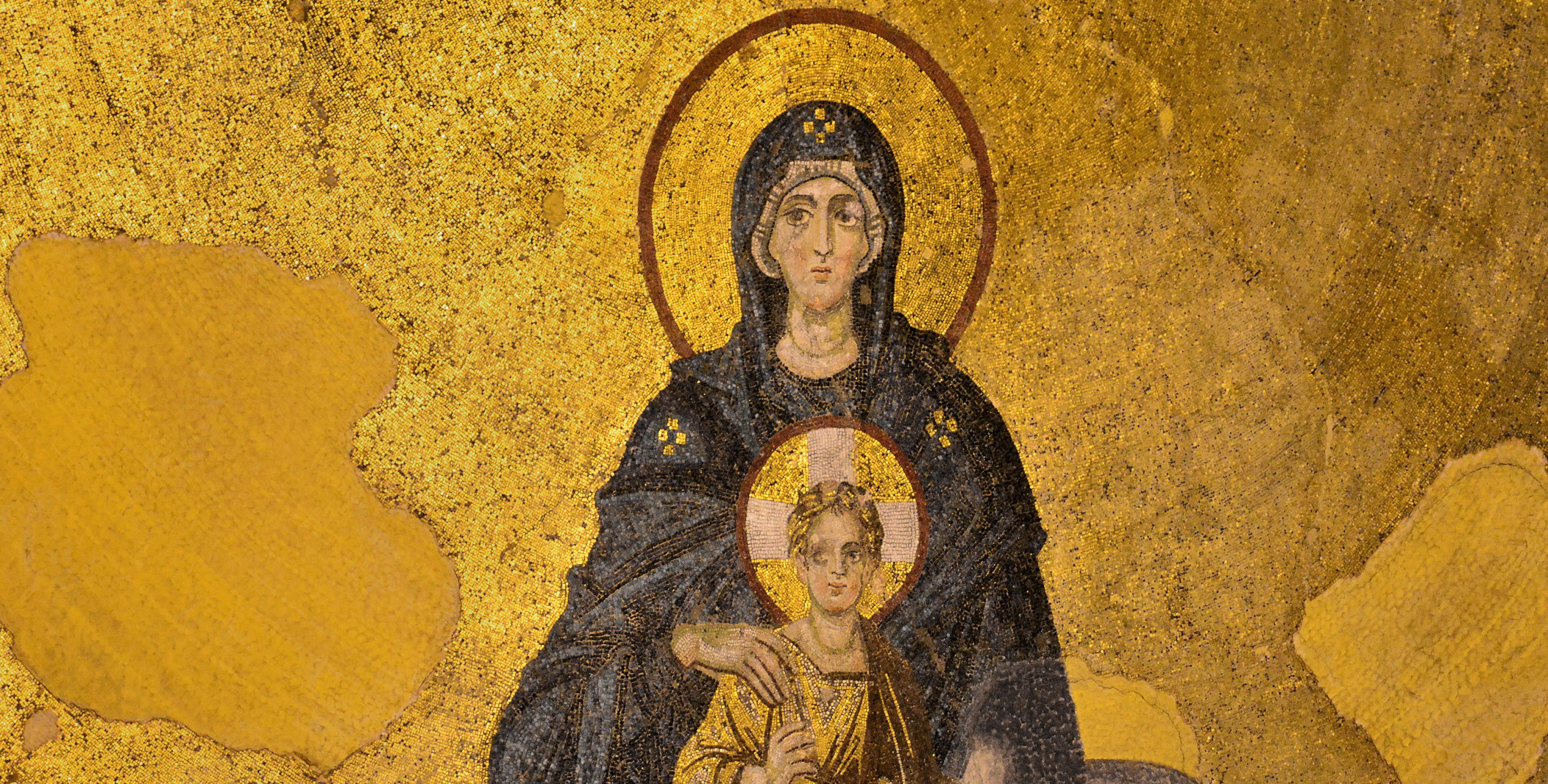Suppose the reformer stops saying that a good woman may be like God and begins by saying that God is like a good woman. Suppose he says that we might just as well pray to ‘Our Mother which art in Heaven’ as to ‘Our Father’. Suppose he suggests that the Incarnation might just as well have taken a female as a male form, and the Second Person of the Trinity be as well called the Daughter as the Son. Suppose, finally, that the mystical marriage were reversed, that the Church were the Bridegroom and Christ the Bride. All this, as it seems to me, is involved in the claim that a woman can represent God as a priest does. Now it is surely the case that if all these supposals were ever carried into effect we should be embarked on a different religion.
―C. S. Lewis[1]
C. S. Lewis traced his way to Christianity through an appreciation of elements of myth: He saw Christ as the fulfillment of the dying and reviving stories told about Balder, Adonis, and Bacchus ― ‘but with this tremendous difference, that it really happened’ (letter to Arthur Greeves, Oct. 18, 1931).[2] He also saw Christ as the fulfillment of aspects of nature, of the dying and reviving year; and as above, of the image in ‘male and female’.
Login to read more
Sign in or create a free account to access Subscriber-only content.
Topics:
